Introduction
How Much Space Do Pigs Need: A pig’s need is not a simple one to answer. It is a topic that has garnered significant attention in recent years as concerns about animal welfare and the conditions in which livestock are raised have come to the forefront of public discourse. Pigs are intelligent and social animals, and their well-being is closely tied to the amount of space they have to roam, root, and interact with other pigs truffles. The various factors that influence the space requirements of pigs, including their age, size, breed, and intended purpose, as well as the implications of different housing systems. Pigs are incredibly adaptable animals, capable of thriving in a range of environments and management systems. However, the amount of space they require can vary significantly depending on several key factors. One of the primary determinants is the age of the pig.
Piglets, for example, require far less space than fully grown adult pigs. As they grow, their spatial needs increase, and providing adequate space becomes crucial for their health and well-being. The size and breed of pigs play a role in space requirements. Some pig breeds are larger than others, and individual pigs within a breed can also vary in size. Understanding the specific needs of the pigs in question is essential for providing them with an appropriate living environment. Additionally, the purpose for which pigs are being raised can influence their space requirements. Pigs raised for meat production may have different needs than those raised for breeding or as pets. There has been a growing shift towards more humane and sustainable practices in pig farming.
This has led to increased interest in alternative housing systems that prioritize the welfare of the animals. These systems more space and opportunities for pigs to engage in natural behaviors, such as rooting and socializing. However, they also come with their own set of challenges and considerations. In the specific space requirements for different stages of a pig’s life, examine the impact of space on pig behavior and health, and explore the various housing options available for pigs, from traditional confinement systems to more spacious and enriched environments. By the end of this exploration, we hope to shed light on the complex and multifaceted question of how much space pigs truly need to live healthy and fulfilling lives.
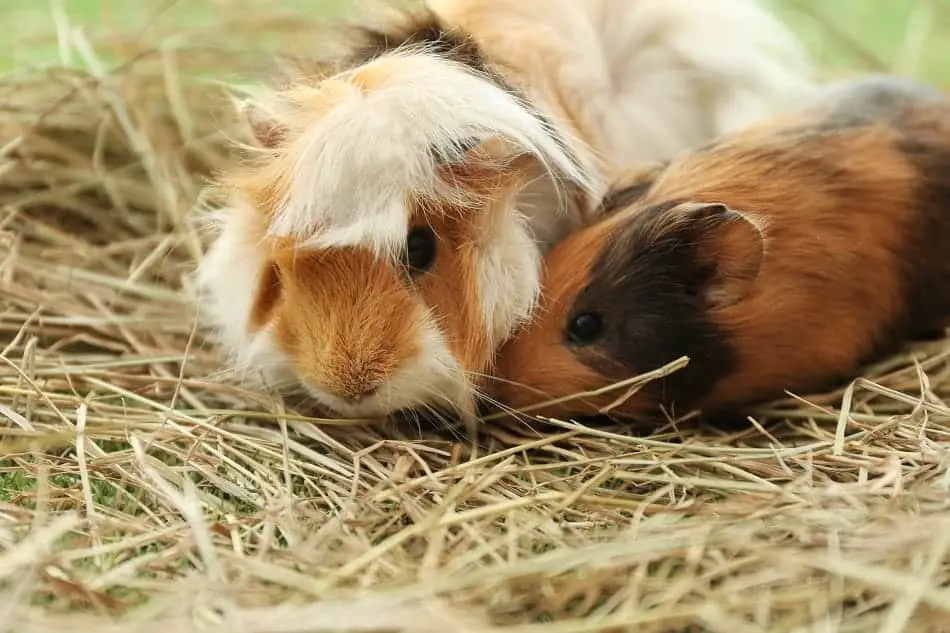
Can pigs be kept alone?
We know there are a lot of opinions out there; however, the research shows that pigs don’t do well as single pigs. Potbellied pigs are intelligent and complex creatures and have social hierarchies and herd dynamics. To be truly happy, they need the companionship of another pig(s).
Social Nature: Pigs are inherently social creatures. In the absence of other pigs or social interaction, they can become lonely and stressed. Loneliness can lead to behavioral problems, including aggression, depression, and excessive vocalization. These behaviors can result in a decreased quality of life for the pig.
Mental Stimulation: Pigs are intelligent animals that require mental stimulation to remain healthy and happy. In a solitary environment, they may lack the mental challenges and enrichment that social interaction with other pigs. This can lead to boredom and frustration.
Emotional Well-being: Pigs are capable of forming strong emotional bonds with their penmates. When kept alone, they miss out on the emotional support and comfort that social interaction. This can negatively affect their emotional well-being and overall happiness.
Physical Health: Social interaction often includes activities such as play and grooming, which help maintain physical health. Pigs left alone may not engage in these activities, potentially leading to physical health issues such as obesity or skin problems.
Do pigs need sunlight?
While pigs need natural light to produce vitamin D3, a deficiency of vitamin D is not considered a problem in pig production, as vitamin D2 is balanced pig diets. Commercial lighting is unlikely to reach a level which pigs find aversive, however, high intensity lighting, e.g. spotlights, should be avoided.
Vitamin D Production: One of the most significant reasons pigs need sunlight is for the production of vitamin D. When pigs are exposed to sunlight, their skin synthesizes vitamin D when it interacts with ultraviolet B (UVB) rays. This vitamin is vital for the absorption of calcium and phosphorus, essential for strong bones and overall metabolic health. Without sufficient vitamin D, pigs can develop bone and joint problems, which can lead to lameness and other health issues.
Skin Health: Sunlight exposure also contributes to skin health in pigs. Natural sunlight helps in preventing and managing skin conditions, such as fungal infections and mites. It healthy skin and fur, reducing the risk of dermatological issues.
Mood and Behavior: Sunlight has a significant impact on the mood and behavior of pigs. It helps regulate their circadian rhythms, which govern their sleep-wake cycles. Pigs exposed to natural light tend to have more regular sleep patterns and are generally less stressed. Adequate exposure to sunlight can reduce stress levels, leading to calmer and happier pigs.
Immune System Support: Sunlight exposure is known to boost the immune system. Pigs that receive sufficient sunlight are more likely to have robust immune responses, which can help them resist infections and diseases more effectively.
Where do pigs sleep at night?
Pigs like to sleep snuggled up together in their nest. In the morning, they get up together and do their business in an area reserved for depositing faeces and urine away from the sleeping spot. Pigs spend some 70 percent of the day exploring their environment and looking for food.
Shelter and Housing: Domesticated pigs often sleep in shelters or housing by their owners. These shelters can range from simple structures like pig huts or barns to more elaborate and climate-controlled facilities. Providing shelter is essential for protecting pigs from extreme weather conditions, including cold temperatures, rain, and wind.
Bedding Material: Pigs are known for their love of comfort, and their sleeping areas are no exception. They prefer soft bedding materials such as straw, hay, or wood shavings to lie on. Bedding not only comfort but also helps regulate temperature and moisture, ensuring a cozy and dry sleeping environment.
Social Behavior: Pigs are social animals that often choose to sleep close to one another, especially when they are part of a group or herd. This social sleeping arrangement warmth and security, as well as a sense of companionship that is essential for their well-being.
Burrowing and Nesting: Pigs are natural burrowers and may dig shallow nests in their bedding material to create a comfortable sleeping space. This behavior is reminiscent of their wild ancestors, who would dig nests in the earth to rest and stay cool.
Can pigs love their owners?
Pigs love human company and enjoy attention, tummy rubs and scratching. In general, they are very friendly animals, but they can become territorial, so keep an eye on territorial behaviour and discourage this while the pigs are young. Pigs can be easily trained in much the same way as dogs.
Social Animals: Pigs are inherently social creatures. In their natural habitats and among their own kind, they engage in complex social behaviors, build relationships, and communicate with one another. When pigs are raised by humans, they transfer these social behaviors and adapt them to their relationship with their human owners.
Bonding: Pigs have the capacity to form bonds with their human caregivers, similar to the way dogs or cats form attachments with their owners. Pigs can recognize and individual humans, respond to their voices, and seek out their companionship. They may show excitement and affection when their owners are present.
Affectionate Behavior: Pigs may display a range of behaviors that are indicative of affection. They might nuzzle, rub against, or even give gentle kisses to their human owners. These actions can be seen as expressions of comfort, trust, and attachment.
Stress and Anxiety: Pigs can experience stress and anxiety when separated from their human caregivers or when subjected to changes in their routine. This emotional response is linked to their attachment to specific individuals, further suggesting the existence of emotional bonds.
Are pigs aggressive?
Pigs use aggression to establishes the dominance-subordinate relationship. Therefore, fighting occurs especially during mixing of unfamiliar animals. Scarcity of key resources such as feed, water or space to rest will facilitate competition and fights.
Social Nature: Pigs are inherently social animals. In their natural state, they live in groups or herds, and social interaction is a crucial aspect of their behavior. When raised in a conducive environment with appropriate socialization, pigs are more likely to display friendly and cooperative behaviors rather than aggression.
Breeding and Genetics: The temperament of a pig can be influenced by its breeding and genetics. Some pig breeds are more docile and less prone to aggression, others may have a more assertive or territorial disposition. Breeding practices can play a role in shaping a pig’s behavior.
Environment and Housing: The living conditions and environment in which pigs are raised can significantly impact their behavior. Overcrowding, lack of enrichment, and stressful conditions can lead to aggressive behavior as a result of frustration, competition for resources, or discomfort.
Social Hierarchy: Pigs, like many social animals, establish hierarchies within their groups. This can involve some aggression, such as dominant individuals asserting their status, it is not necessarily a sign of constant aggression. Once a hierarchy is established, pigs often coexist peacefully.
What are the weakness of pig farming?
Weaknesses. Limited demand: The market for pork products can fluctuate, affecting demand and profitability. Additionally, the farm may have trouble finding a consistent buyer for their products. High operating costs: Running a pig farm can be expensive, with costs including feed, labor, equipment, and veterinary care.
Disease and Health Management: Disease outbreaks can devastate pig populations and lead to significant economic losses. Pigs are susceptible to various illnesses, including respiratory diseases, gastrointestinal infections, and parasites. Effective disease prevention and health management are crucial in pig farming.
Biosecurity Risks: Maintaining biosecurity on pig farms can be challenging. The of pathogens through contaminated equipment, personnel, or other animals can pose a significant risk. Strict biosecurity measures are necessary to protect pig herds from diseases.
Environmental Impact: Pig farming can have adverse environmental impacts, particularly in intensive or large-scale operations. Issues such as manure management, nutrient runoff, and water pollution can arise if proper environmental stewardship practices are not in place.
Odor and Waste Management: The odor generated by pig farms can be a source of concern for nearby communities. Managing pig waste, which can be substantial, is a constant challenge. Farmers must adopt proper waste management practices to address these issues.
Are pigs high maintenance pets?
We’re concerned about the welfare of pigs when they’re kept as pets, as it can be challenging to look after them properly due to the difficulties of meeting their very specific needs. Like farmed pigs, there are also strict laws concerning their diet, identification and movement.
Space Requirements: Pigs, even miniature or “teacup” pigs, require a significant amount of space to thrive. They are active animals that need room to roam, root, and engage in natural behaviors. Inadequate space can lead to stress and behavioral issues.
Social Nature: Pigs are highly social animals that thrive on companionship. Keeping a single pig may lead to loneliness and boredom, which can result in destructive behavior. It’s to have at least two pigs to social interaction.
Diet and Nutrition: Proper nutrition is essential for pigs. They require a balanced diet that includes a variety of foods to meet their nutritional needs. Overfeeding or feeding inappropriate foods can lead to health problems such as obesity.
Healthcare: Pigs require regular veterinary care, including vaccinations and parasite control. They are susceptible to specific pig-related illnesses that require a veterinarian’s expertise. Medical care can be expensive.
Are pigs intelligent?
Pigs are gentle creatures with surprising intelligence. Studies have found they’re smarter than dogs and even 3-year-old children! In the wild, pigs form small groups that typically include a few sows and their piglets.
Complex Social Structure: Pigs, particularly in the wild and in well-structured domestic groups, exhibit intricate social hierarchies. They form bonds and alliances within their groups, demonstrating an understanding of social dynamics.
Adaptability: Pigs are adaptable creatures that can quickly adjust to new environments and situations. They can learn to navigate novel settings and solve problems related to food acquisition and shelter.
Problem Solving: Pigs have demonstrated problem-solving skills in various studies. They can figure out how to access food rewards placed in puzzles or containers, showing an ability to learn through observation and experimentation.
Memory: Pigs have good long-term memory, which allows them to past experiences, both positive and negative. This memory helps them make decisions and adapt their behavior based on prior encounters.
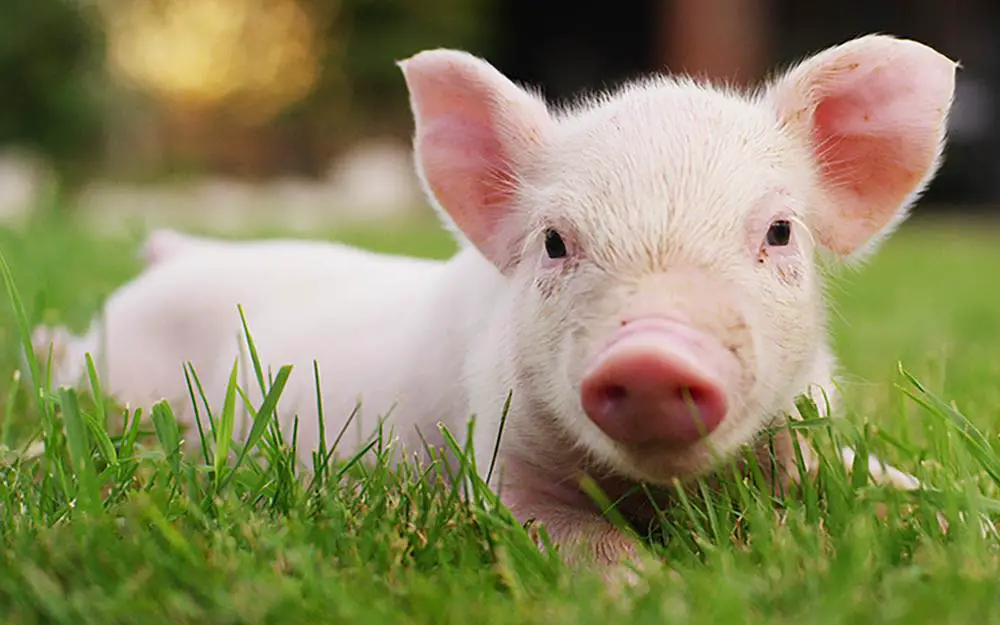
Conclusion
In space pigs need is a multifaceted and crucial aspect of modern animal husbandry and welfare. Throughout this discussion, we have uncovered several key factors that influence the space requirements of pigs, including their age, size, breed, and intended purpose. We also have the implications of different housing systems and their impact on pig well-being. It is evident that providing adequate space for pigs is not a one-size-fits-all scenario. Piglets have different needs than fully grown adult pigs, and the space requirements can vary significantly depending on the specific circumstances.
The unique characteristics of the pigs in question is essential for ensuring their health and happiness. Space for pig behavior and overall welfare cannot be overstated. Pigs are highly intelligent and social animals that thrive when they have room to roam, root, and interact with their fellow pigs. Inadequate space can lead to stress, aggression, and various health issues, ultimately compromising the quality of life for these animals. The ongoing shift toward more humane and sustainable pig farming practices has emphasized the need for providing pigs with enriched environments that allow them to express natural behaviors.
These alternative housing systems offer pigs more space and opportunities for social interaction and mental stimulation, aligning with the growing public concern for animal welfare. These systems come with its own set of challenges, including increased costs and the need for specialized and management practices. Balancing the well-being of pigs with the practical aspects of pig farming is a complex endeavor that requires careful consideration. It is a nuanced issue that demands a case-by-case evaluation, taking into account the age, size, breed, and purpose of the pigs, as well as the available resources and management practices.

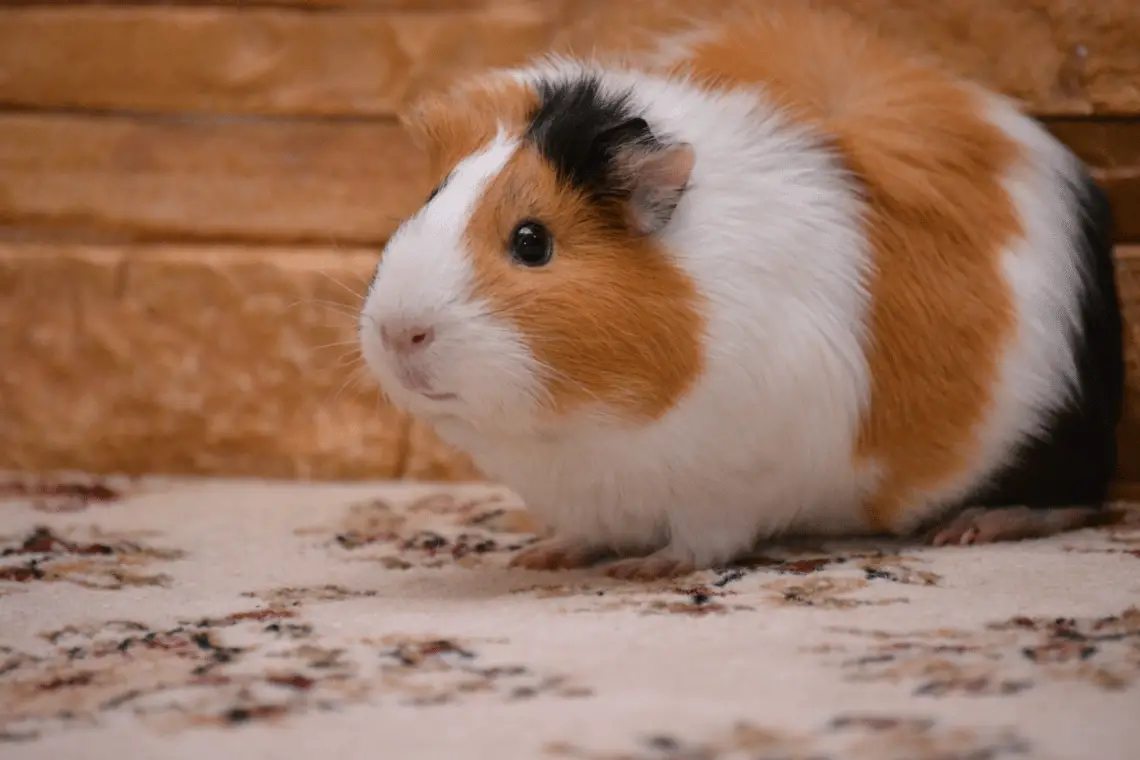
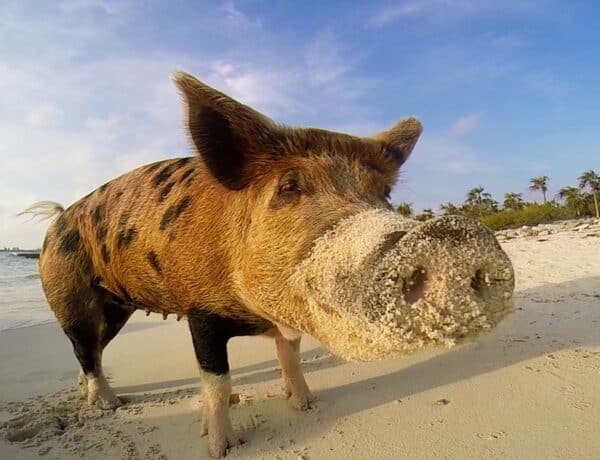
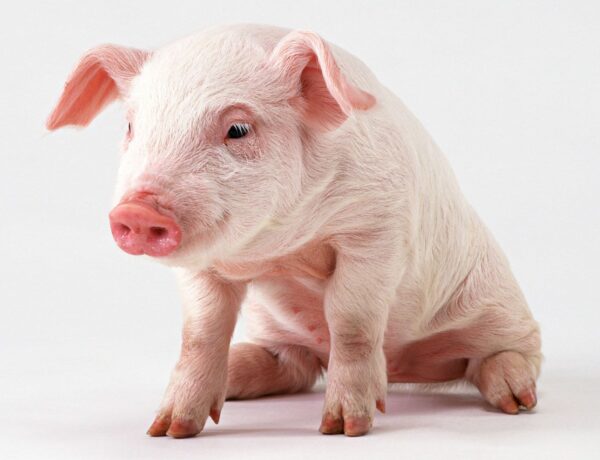
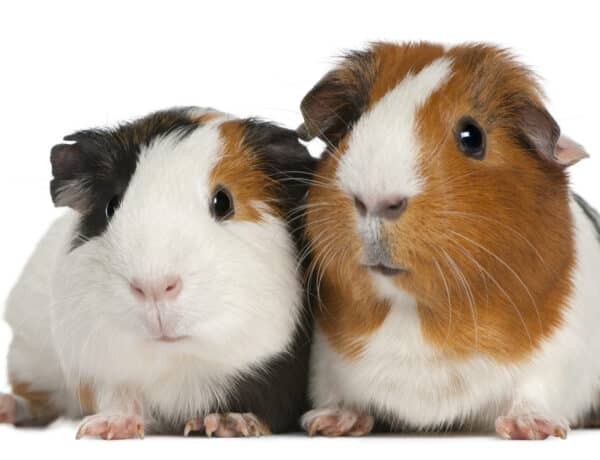
No Comments